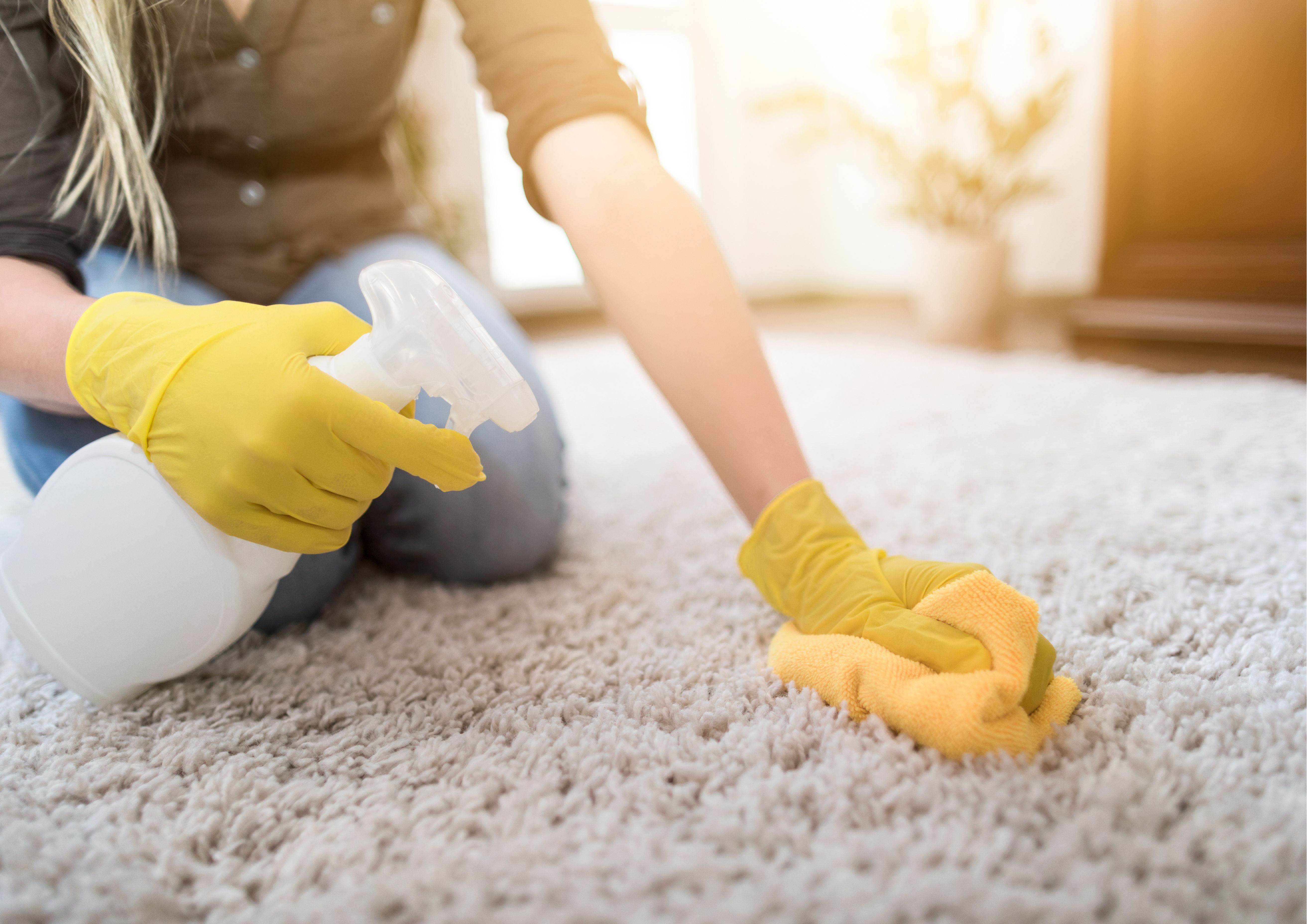
As winter recedes and the promise of spring emerges, many homeowners embark on the annual tradition of spring cleaning. This comprehensive cleaning ritual revitalises living spaces, clears out accumulated clutter, and sets a refreshing tone for the warmer months ahead. While tasks like organising closets and wiping down surfaces are often prioritised, carpet cleaning is a crucial aspect that deserves equal attention. Incorporating carpet cleaning into your spring routine not only enhances the aesthetic appeal of your home but also contributes significantly to a healthier indoor environment.
The Hidden Culprits in Your Carpets
Carpets are more than just decorative floor coverings; they act as filters, trapping dust, allergens, and pollutants entering our homes. Over the winter months, with windows closed and heating systems in full operation, these particles accumulate within carpet fibres. This build-up can lead to:
- Diminished Air Quality: Pollutants trapped in carpets can circulate in the air, potentially exacerbating respiratory issues and allergies.
- Unpleasant Odours: Spills, pet accidents, and general wear can embed odours deep within the carpet, leading to a less inviting atmosphere.
- Wear and Tear: Dirt and debris act as abrasives, causing carpet fibres to break down more quickly, leading to a worn appearance.
Benefits of Including Carpet Cleaning in Spring Maintenance
1. Enhanced Indoor Air Quality: Professional carpet cleaning removes embedded allergens and pollutants, leading to cleaner air and reducing potential health risks.
2. Prolonged Carpet Lifespan: Regular cleaning removes abrasive particles, preserving the integrity of carpet fibres and extending the life of your investment.
3. Aesthetic Revival: Deep cleaning restores the vibrant colours and textures of your carpet, rejuvenating the overall look of your interiors.
4. Odour Elimination: Effective cleaning techniques neutralise odours at their source, leaving your home smelling fresh and inviting.
Optimal Timing for Carpet Cleaning
Spring offers an ideal window for carpet maintenance:
- Favourable Weather: Mild temperatures and lower humidity facilitate faster drying times post-cleaning.
- Post-Winter Refresh: Addressing the dirt and grime accumulated over winter prepares your home for increased activity during the spring and summer months.
DIY vs. Professional Carpet Cleaning
While regular vacuuming and spot treatments are essential, they often fall short of removing deeply embedded contaminants. Professional carpet cleaning services offer:
- Advanced Equipment: Utilising high-powered machines that extract dirt and moisture more effectively than standard home equipment.
- Expertise: Trained technicians assess carpet types and determine the most suitable cleaning methods, ensuring thorough care without damage.
- Time and Effort Savings: Professionals handle the intensive labour, allowing you to focus on other aspects of your spring cleaning.
Integrating Upholstery Cleaning for Comprehensive Care
To achieve a harmonious and thoroughly clean living space, it's prudent to consider upholstery cleaning alongside carpet maintenance. Upholstered furniture, like carpets, harbours dust, allergens, and stains that can affect both appearance and indoor air quality. Benefits include:
- Consistent Freshness: Simultaneously cleaning carpets and upholstery ensures a uniform standard of cleanliness throughout your home.
- Healthier Environment: Removing allergens from all fabric surfaces reduces the potential for allergic reactions and respiratory issues.
- Prolonged Furniture Life: Regular maintenance prevents the deterioration of fabric fibres, preserving the comfort and appearance of your furniture.
Practical Tips for Homeowners
- Regular Maintenance: Incorporate weekly vacuuming and prompt attention to spills to maintain cleanliness between professional services.
- Choose Eco-Friendly Services: Opt for cleaning companies that use environmentally friendly products to ensure the safety of your family and pets.
- Schedule Strategically: Plan professional cleanings during seasons with favourable weather to expedite drying times and minimise disruption.
By thoughtfully including carpet and upholstery cleaning in your spring cleaning regimen, you not only enhance the beauty of your home but also contribute to a healthier and more comfortable living environment.
FAQs
How long should I wait before walking on freshly cleaned carpets?
It's advisable to wait until carpets are completely dry before resuming regular foot traffic. Depending on the cleaning method and environmental conditions, this typically takes between 4 to 6 hours. To expedite drying, ensure proper ventilation by opening windows or using fans.
Are eco-friendly carpet cleaning solutions as effective as traditional methods?
Yes, eco-friendly cleaning solutions have advanced significantly and are now comparable in efficacy to traditional cleaning agents. They effectively remove dirt, stains, and allergens while minimising environmental impact and reducing exposure to harsh chemicals for your household.
Can professional carpet cleaning remove all types of stains?
While professional cleaning significantly improves the appearance of carpets and can remove many common stains, some stubborn stains—such as those from permanent dyes or certain chemicals—may not be completely eliminated. However, professional cleaners employ specialised techniques and solutions to achieve the best possible results for each specific stain.

 Log in with Facebook
Log in with Facebook 









